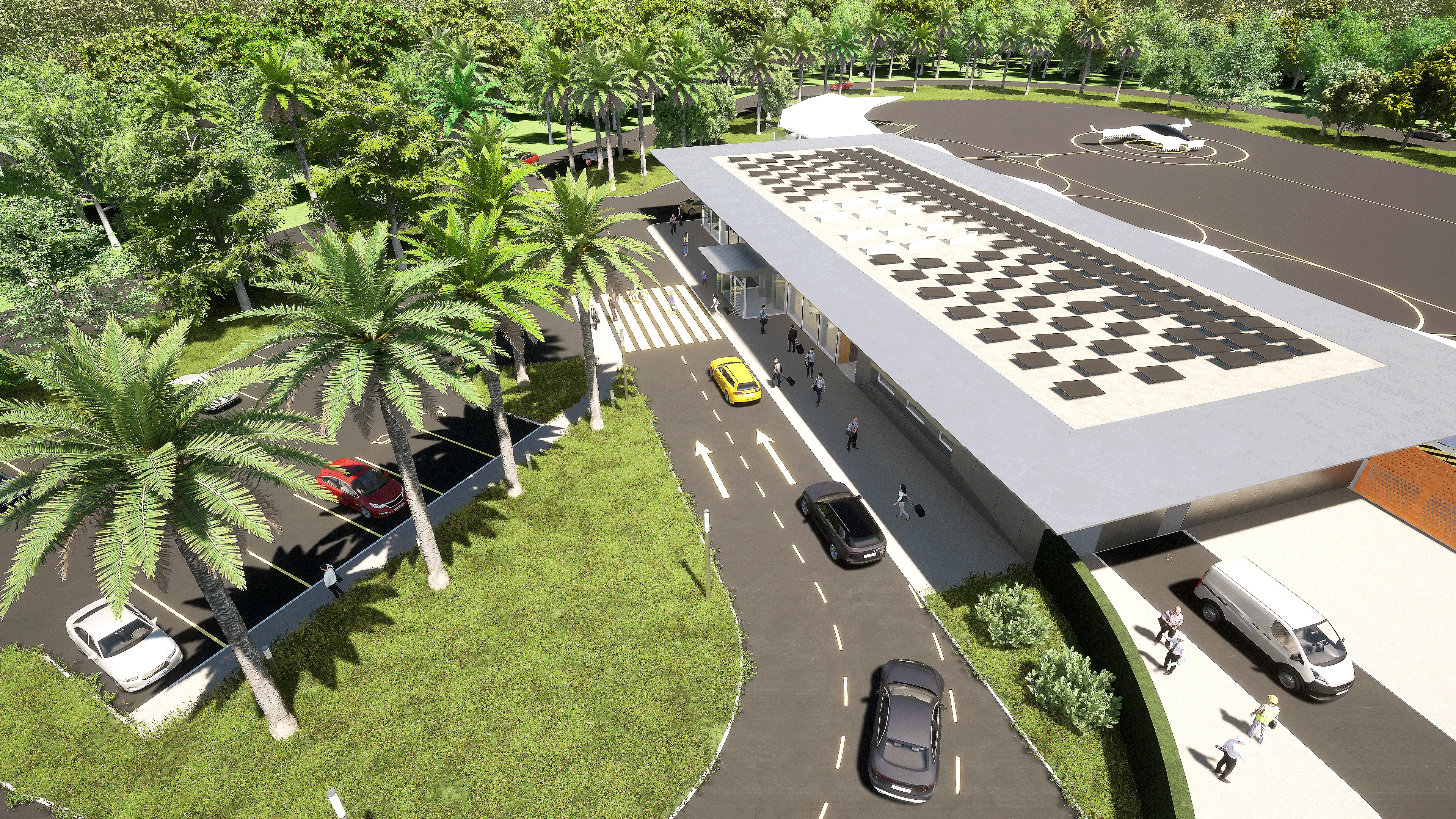
Infrastructure operator Ferrovial has partnered with Lilium to develop at least ten vertiports for electric, vertical take-off and landing (eVTOL) jet aircraft in Florida.
Ferrovial says veriports provide eVTOLs with infrastructure for landing, recharging and take-off with passengers.
The partners will collaborate in designing and constructing the vertiport facilities as well as the operation and maintenance of the vertiports.
Lilium co-founder Daniel Wiegand says: “Our partnership with Ferrovial to develop flight infrastructure is a critical step in delivering the potential of regional air mobility to provide high speed, affordable, emissions-free travel to millions of people.”
Dr. Remo Gerber, chief operating officer at Lilium, says: “Nearly all 20 million Floridians will live within 30 minutes of our vertiports and the 140 million annual visitors to the Sunshine State will have a high-speed option available to travel to their destinations.”
According to Ferrovial, the Lilium Jet's ultra-low noise electric engines allow it to operate in densely populated urban areas and cover longer distances at high-speed with zero emissions.
The first location in South Florida will be announced in the spring.
Ferrovial’s activities extend beyond eVTOL landing pads: earlier this month, the company launched an initiative to develop 5G smart roads and advanced monitoring technology.









